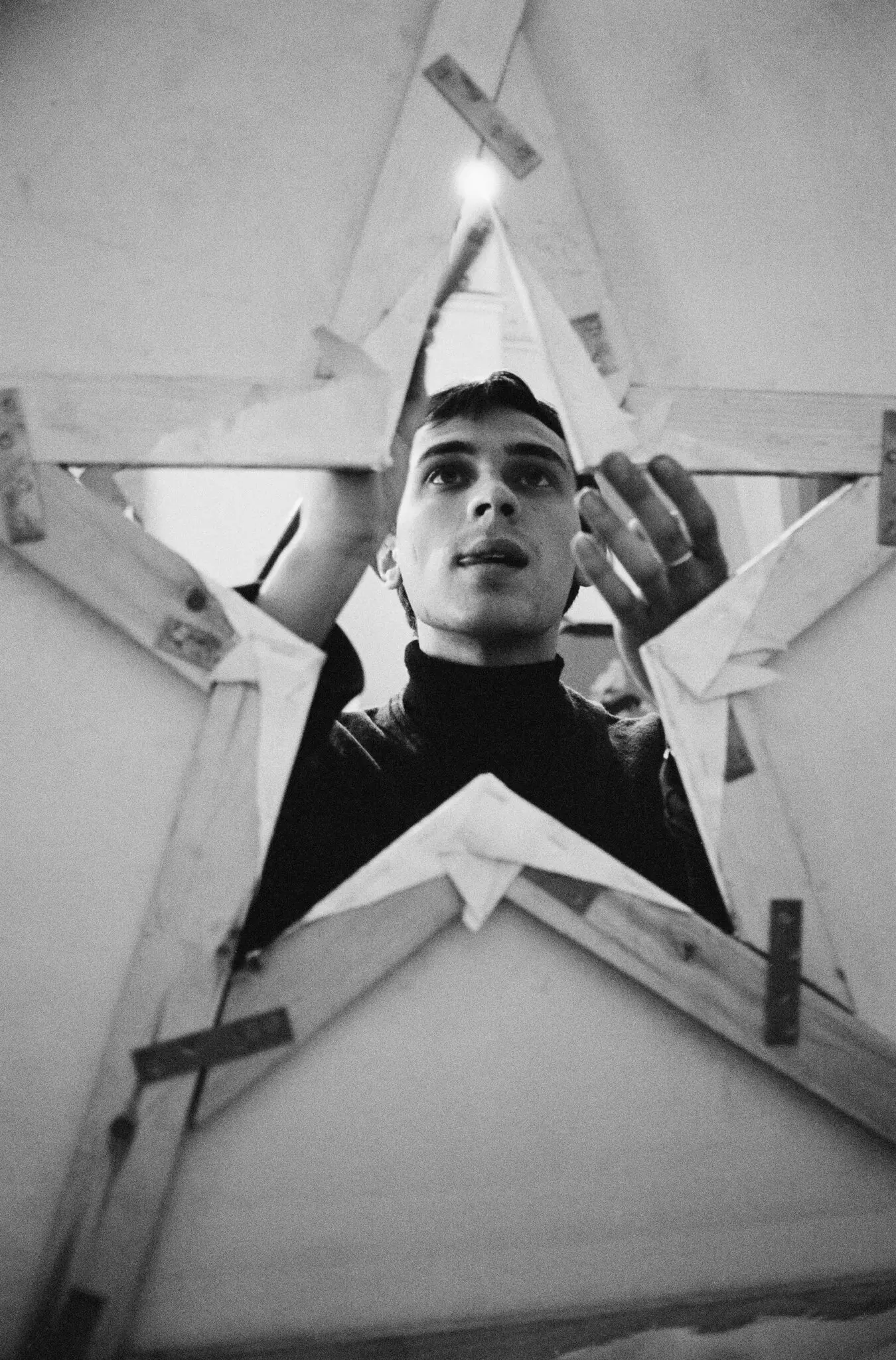Peter Phillips, a vanguard figure in the British Pop Art movement of the 1960s who drew from his working-class background in industrial Birmingham to incorporate images of gleaming automotive parts, pinups and film sirens in paintings that captured postwar culture’s swirl of sex and consumerism, died on June 23 on the Sunshine Coast of Australia. He was 86.
His death was announced by his family. The announcement did not cite a cause. Mr. Phillips had been living in Australia since 2015.
Mr. Phillips was part of a new generation of art mavericks who shook up the staid culture of prewar Britain — and the doldrums of the post-World War II recovery years — just as the 1960s were starting to swing.
He made his mark as one of the future stars featured in the seismic “Young Contemporaries” exhibition at the Whitechapel Gallery in London’s East End, alongside his current and former classmates David Hockney, Allen Jones, R.B. Kitaj and Derek Boshier.
“When I was young, the only way to make a living as an English artist was to either teach or to secure the patronage of a wealthy aristocrat,” Mr. Phillips once said in an interview with Orlebar Brown, a men’s wear line with which he collaborated on swimsuits.
“But,” he added, “London in the late ’50s was changing, and a small group of us started to use popular images for our pictures, which was frowned upon at the time. We never called it ‘Pop Art’; we were just trying to express who we were.”
While slight and boyish in his early years, Mr. Phillips was sometimes called the tough guy of the London Pop Art scene because of his muscular artistic approach.



